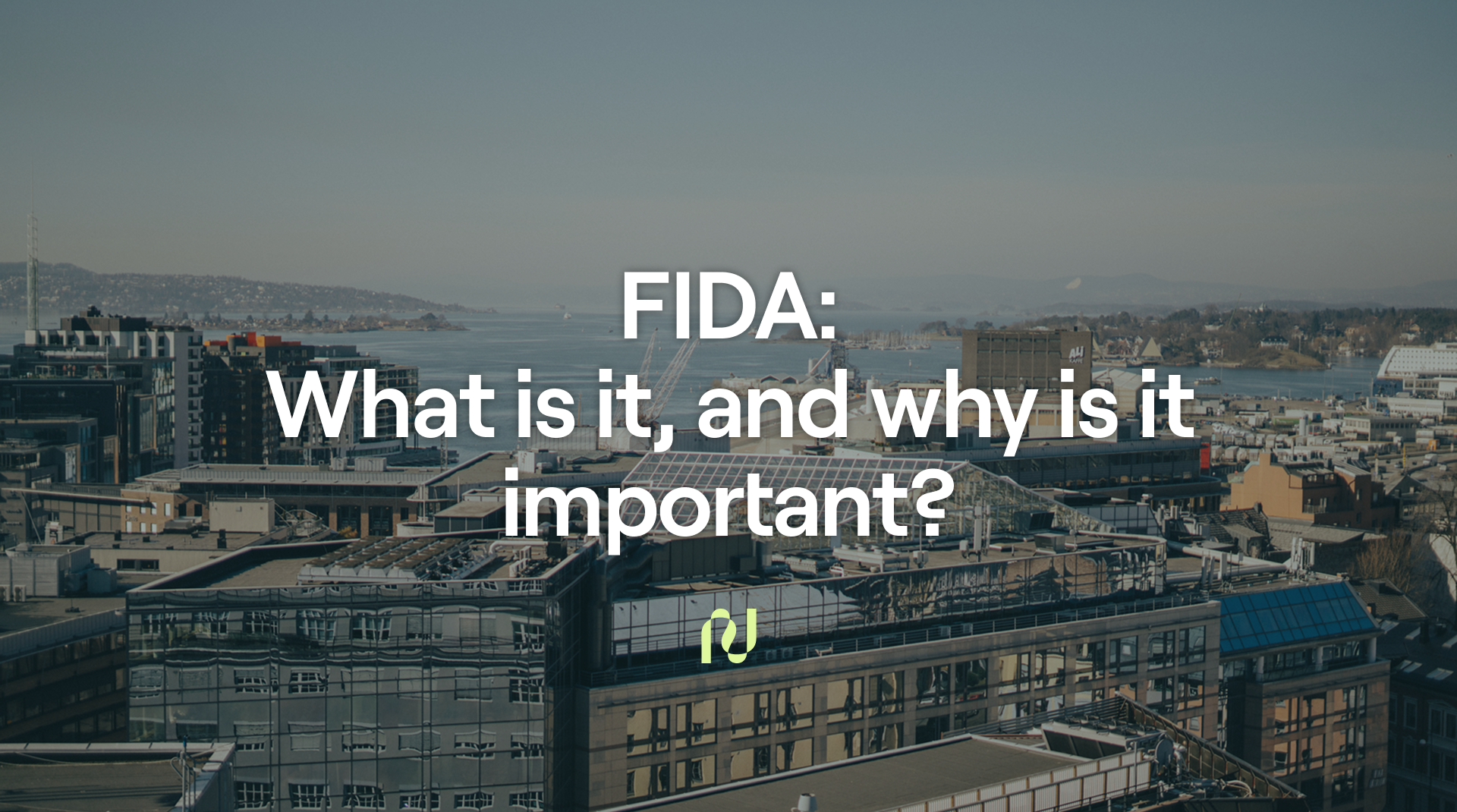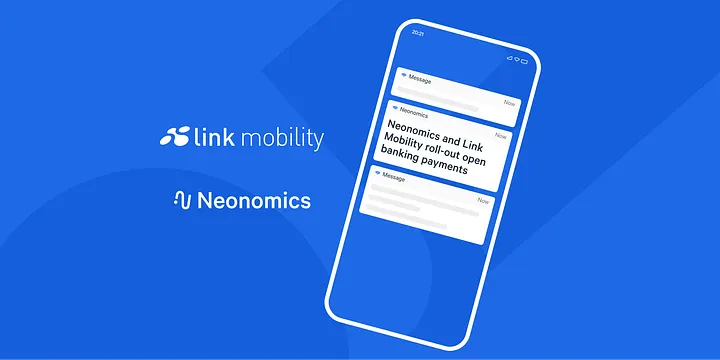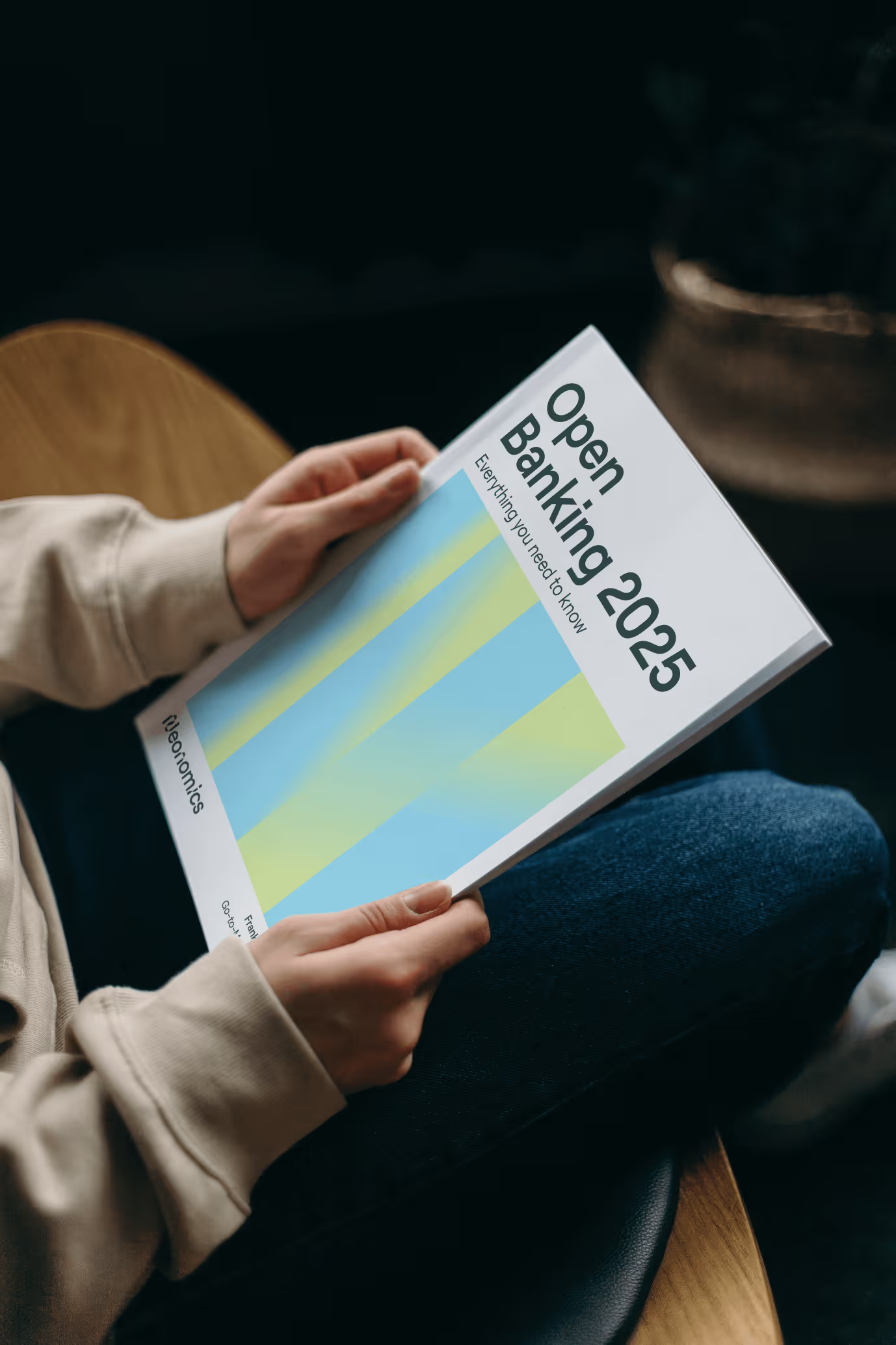Open banking has gone from simply a technology capable of competing with cards and the likes of ApplePay to a global phenomenon that’s expected to reach $123.7 Billion by 2031. And it’s not just a European opportunity, but a global movement to address a wide variety of pain points within financial services across many regions. What started in Europe with PSD2 has spread across the Americas, APAC, the Middle East and now Africa.
Here’s a look at just some of the exciting developments in these regions, both market and regulatory led, that are fueling adoption.
Europe – birthplace of open banking
PSD2 regulation in 2018 opened the financial service arena for third party providers to provide much needed competition in payments industry to reduce spiraling costs of card service for merchants and loosen the grip card services had over key payments infrastructure. Referred to by Deloitte as the “cradle of open banking”, Europe, and particularly the United Kingdom, has created models that have inspired adoption around the world. In addition to the UK, the Nordics, the Netherlands, Germany, and Poland have all seen strong adoption rates due to innovative local providers and digitally savvy consumers. The latest PSD3 regulations will accelerate that growth by enabling interoperability and instant payments cross borders in Europe and beyond. Learn more: Open Banking around the world
United States – payment powerhouse
According to a 2023 survey by Visa, 87% of US consumers report that they have connected a bank account to a third party to access a financial service. However, awareness that open banking is the technology that enables that is still quite low 34%. What’s clear is, given the option, consumers are willing to share their financial data to get frictionless access to services they want. The top use cases include payments app, loans applications, banking apps, BNPL. Learn more: The U.S. Open Banking Movement
Mexico – payment gateway to LatAm
Since 2018 Mexico has seen open banking as key to enabling digital transformation and financial inclusion. Today driven by pro-open banking legislation, they are fast becoming a LatAm fintech hub with over 600 fintechs (1.4x the UK), innovative banking platforms such as Hey Banco, Open Bank and Bineo, and large banks like HSBC and Citibankmex setting up open banking APIs to improve payments and credit risk management. Along with early adopters Brazil, Chile and Colombia Mexico setting up cross-border frameworks to support open finance and instant payments that will benefit both the North and South. Learn more: Five years of Open Banking in Mexico
South Korea – open finance early adopter
Like the Nordics, South Korea has a digitally savvy and mobile bank-enabled population, driven by the availability of 5G and the near-universal use of smartphones. Due in part to the high cost of living and attractive loyalty programs, the average consumer maintains 7+ payment cards. As a result, apps and services that can offer financial management tools, tailored financial offers and risk assessment tools are in high demand. These market forces combined with supportive open banking regulation and strong API infrastructure makes South Korea a prime market for open finance. Already, more than half the adult population is engaging with open banking-powered services. Learn more: MyData, MyPayment: Open Banking in South Korea
Nigeria - driving digital transformation
The Central Bank of Nigeria has been at the forefront of driving digital transformation in Nigeria through policies that support contactless payments, mobile banking, mobile money and now open banking. In March of 2023, Nigeria became the first African country to enact open banking regulation to promote commercial partnerships between banks and fintechs to reduce ad hoc integrations and increase interoperability. The new legislation enables access to consumer account data to enable credit scoring, ratings, and custom loans will reduce friction and access to financial services. As well as increase security in payments, remittance, collection and disbursement services. Learn more: Regulatory Framework for Open Banking in Nigeria
Saudi Arabia – model for swift adoption
The Middle East has undergone miraculous financial transformation over the past 3-5 years due in large part to the adoption of open banking frameworks. Saudi Central Bank (SAMA) has been on the leading edge to support its objective to become a 70% cashless economy by 2030. As early as 2018, they provided a regulatory sandbox for fintechs to begin testing. A two-year mandate to roll out account data and payment initiation APIs followed in 2022 and 2023. This January, they launched the Open Banking Lab to test use cases and licensing services. Learn more: How open banking can transform payments in Saudi Arabia
From Bahrain to Brazil, small and large economies are adopting opening banking driven by market demand or regulatory mandates, or a balance struck between the two. The proof is in the numbers, open banking is moving from an alternative to a mainstream method due to its ability to solve a variety of pain points for businesses and consumers. In the Nordics alone, open banking payments captured between 17-34% of all online payments in 2022.
Over the next three years, Open Banking, Instant Payments and AI will be a major disruptive force in the financial industry. While each on their own is already a market disruptor, combined, they will create powerful new models that will fundamentally change financial services as we know it. These models combined with favorable new regulations will transition open banking to open finance and further adoption around the world.
There is no doubt - open banking is happening.
Summary
- Open banking payments are moving from alternative method to mainstream
- Driven by a combination of market demand and regulatory mandates
- Adoption is on the rise across the globe in every continent
- The proof is in the numbers, open banking is happening.
-
Read the latest trends and predictions for 2025 and beyond:
- Open Banking and Pay by Bank in 2025: Trends and Predictions
- Financial Data Access (FIDA): What it means for the future of digital finance
Download our latest whitepaper > Open Banking 2025





.png)






.png)











































